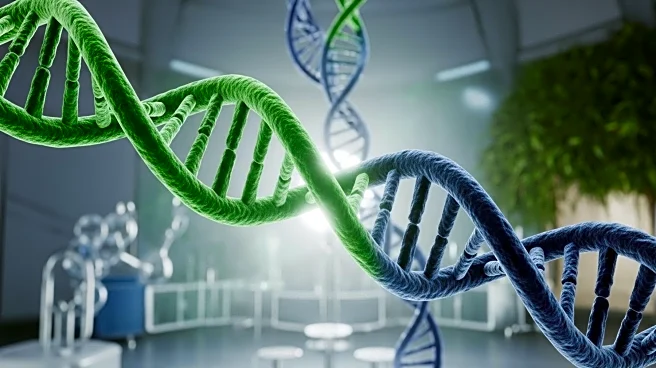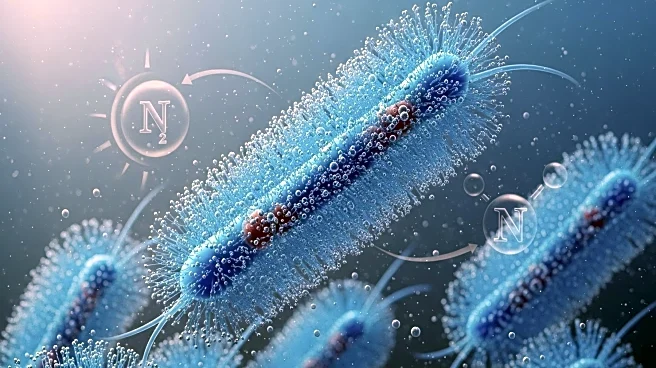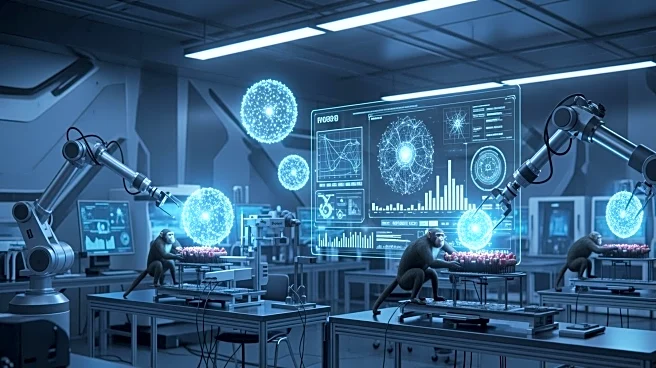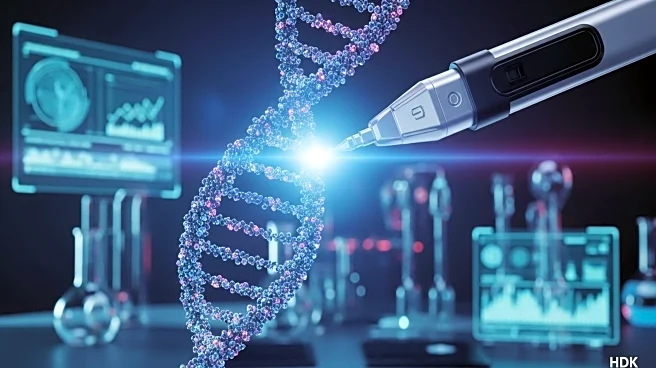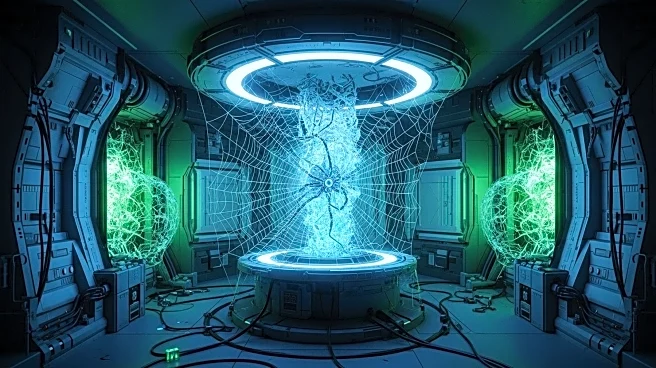What's Happening?
A community of researchers is engaged in the ambitious project of building a synthetic cell from scratch to better understand the fundamental building blocks of life. Despite the complexity of living cells, bioengineers like Kate Adamala and Drew Endy are leading efforts to piece together a cell, aiming to uncover the intricacies of cellular functions. This endeavor is part of a broader bioengineering frontier that seeks to replicate and manipulate biological systems for various applications. The project involves detailed exploration of cellular components and their interactions, with the goal of achieving a comprehensive understanding of how cells operate.
Why It's Important?
The creation of synthetic cells represents a significant advancement in bioengineering, with potential implications for medicine, biotechnology, and environmental science. By understanding and replicating cellular processes, scientists could develop new treatments for diseases, create sustainable biofuels, and engineer organisms with specific functions. This research could also lead to breakthroughs in synthetic biology, offering insights into the origins of life and the potential for life beyond Earth. The project underscores the intersection of biology and engineering, highlighting the innovative approaches being taken to solve complex biological challenges.
Beyond the Headlines
The ethical and philosophical implications of creating synthetic life forms are profound. This research raises questions about the definition of life and the potential consequences of manipulating biological systems. As scientists progress in this field, discussions around bioethics, safety, and regulatory frameworks will become increasingly important. The ability to engineer life from non-living components challenges traditional views and could lead to shifts in how society perceives life and its origins.


